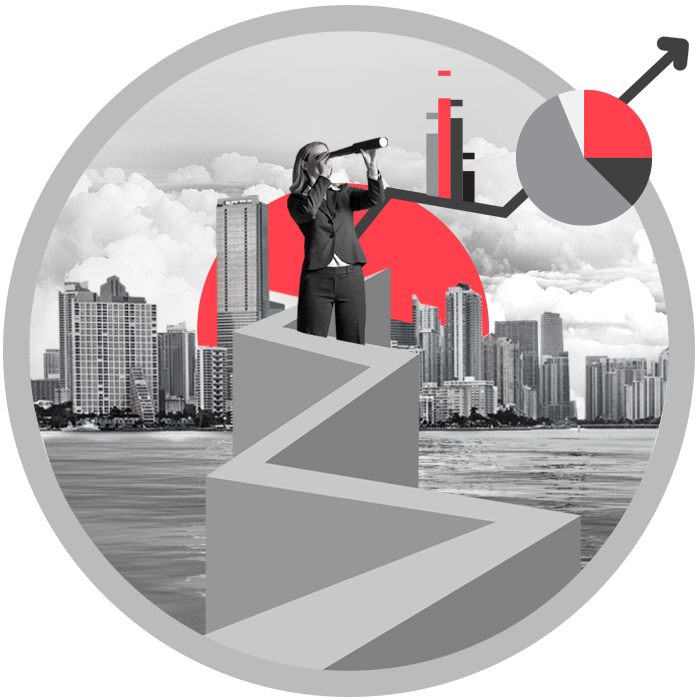Many CPs are already utilizing predictive trend data through social listening algorithms and new data channels, such as “smart" devices like coffee machines, thermostats and more. Data from these channels can work together in unison to form powerful behavioral insights and help inform where to focus R&D efforts.
For example, the Keurig smart coffee maker allows users to customize their coffee through a Wi-Fi-enabled app. The coffee makers can track which types of coffee and flavor combinations customers are using, and the company can use that data to predict customer trends and develop new K-Cup products.
The AI company Tastewise uses data from restaurants, social media and online recipes to mine data to see which ingredients and foods are trending. Rather than look at surveys or industry reports, the company allows CPs to analyze real-time online content from millions of different sources.
However, in order to see results, brands have to take the next step and test these new products, styles or variations that may be vastly different from the company’s previous legacy. “Most companies want growth, and you don’t get that through optimizing what you have today,” said Simon James, International Lead Data & AI. “You have to be prepared to test new things. A zero tolerance to risk is not the safe bet that you think it is.”
Predictive analytics also come into play when deciding which products to de-list or sell. Unilever, for example, created an AI-powered tool to determine which products should be discontinued based on first-party and retailer data. For large CPs with hundreds of brands, using historical data from different sources will be crucial to determine which products under those brands are fit for a digital future.
The first step for CPs is to identify a use case for a new product and determine which data sources could be informative for that use case. Rather than reactively jumping on trends to inform SKU rationalization, CP firms should be proactively deciding which brands or product categories are ripe for experimentation—whether or not current data sources can give a well-rounded recommendation.




 Close
Close